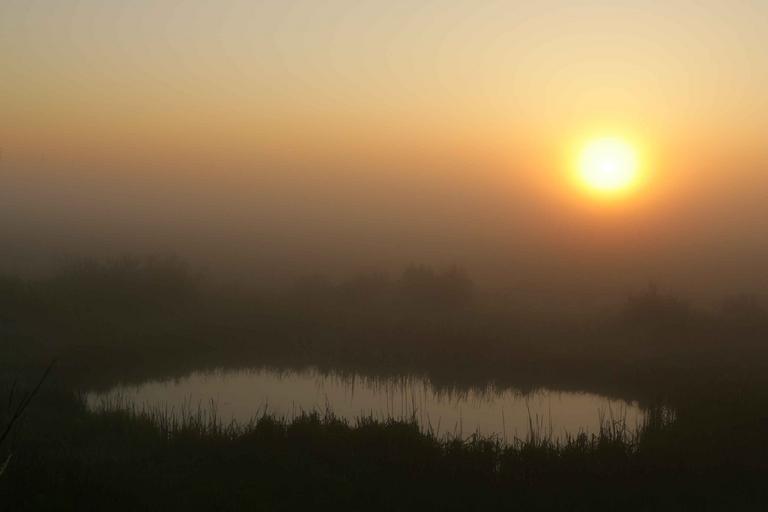Introduction
Fine art photography stands as a remarkable intersection of technique and emotion, where the photographer transforms ordinary moments into extraordinary visual narratives. This specialized realm of photography transcends mere documentation; it encapsulates the artist’s vision, feelings, and interpretations of the world around them. As we delve deeper into this fascinating topic, we'll explore various aspects of fine art photography, including its techniques, emotional depth, and how it can serve as a medium for self-expression. Whether you're an aspiring photographer or simply an admirer of aesthetic photos to print, this comprehensive guide will enhance your understanding and appreciation of fine art photography.
Fine Art Photography: Merging Technique and Emotion for Stunning Results
In essence, fine art photography is more than just snapping pictures; it's about conveying emotions through well-thought-out compositions and artistic techniques. Photographers use their skills to create works that evoke thought, feeling, and introspection in their viewers. This blend of technical prowess and emotional insight is what makes fine art photography both captivating and profound.

Through careful consideration of light, shadow, color palettes, and subject matter, photographers can craft images that resonate on multiple levels. This synergy between technique and emotion allows for a diverse range of expressions—from dramatic portraits to serene landscapes—each telling its own unique story.
The Evolution of Fine Art Photography
A Brief Historical Overview
The evolution of fine art photography dates back to the early 19th century when pioneers like Nicéphore Niépce and Louis Daguerre began experimenting with the medium. Initially viewed as a mere tool for documentation, photography gradually gained recognition as an art form in its own right. By incorporating methods from other visual arts such as painting and sculpture, photographers started crafting images that conveyed deeper meanings.
Key Influencers in Fine Art Photography
Throughout history, several key figures have significantly influenced the development of fine art photography:
- Ansel Adams: Known for his breathtaking landscapes and mastery of black-and-white film. Cindy Sherman: A contemporary artist who uses self-portraiture to explore identity issues. Andreas Gursky: Notable for his large-scale color photographs that capture modern life.
These artists have redefined what it means to be a photographer while inspiring countless others to pursue their own visions.
Understanding the Techniques Behind Fine Art Photography
Composition: The Foundation of Visual Storytelling
Composition is arguably one of the most crucial elements in fine art photography. It involves arranging visual elements within a frame to create balance, harmony, or tension. Several compositional techniques can enhance your photographs:
Rule of Thirds: Dividing your frame into nine equal sections can help you position subjects strategically. Leading Lines: Use natural lines within the scene to draw attention to your focal point. Framing: Employ surrounding elements to create a 'frame' around your subject.By mastering these techniques, photographers can enhance their ability to convey emotions effectively.
Light: The Photographer’s Best Friend
Light plays an essential role in creating mood within photographs:

- Natural Light: Often preferred by fine art photographers due to its soft qualities during golden hours. Artificial Light: Can be manipulated using tools such as softboxes or flash units for dramatic effects.
The interplay between light and shadow helps set the tone for each piece while allowing photographers to evoke specific feelings in their audience.
Post-Processing Techniques for Enhanced Expression
Once you've captured an image comes the stage where you can amplify its emotional impact through post-processing:
- Color Grading: Adjusting colors can dramatically influence mood—cool tones may evoke calmness while warm tones tend to inspire energy. Cropping: Altering aspects of composition post-shoot allows further refinement based on artistic intent. Texturing & Blending Modes: Adding textures or layers can add depth and complexity to a photograph.
By employing these techniques during editing sessions, photographers are able not only to enhance aesthetics but also deepen emotional resonance.
Exploring Different Genres within Fine Art Photography
Portrait Photography as Self Expression
Portrait photography provides artists with an avenue for self-expression through subjects’ emotions captured on camera:
What Is Contemplative Photography?
Contemplative photography emphasizes mindfulness during creation—photographers immerse themselves fully into scenes they capture without preconceived notions about outcomes. This approach fosters authentic connections between artist and subject matter resulting in stunning portrayals rich with emotion.
“Photography is a way of feeling, touching, loving.” — Aaron Siskind
Abstract Self Portrait Photography
In abstract self-portrait photography, artists often experiment with non-traditional representation methods—favoring shapes over recognizable features—and encourage viewers’ imagination regarding identity exploration.
Faceless Self Portrait Ideas
Faceless self-portraits offer intriguing alternatives for those wishing not solely focus on facial recognition but rather communicate deeper narratives through body language or environmental context instead.
Aesthetic Colorful Portrait Photography
Utilizing vibrant colors within portraits can yield striking visuals that captivate audiences immediately; these aesthetic colorful portrait photographs often serve dual purposes—as artworks suitable for display while also providing insight into personality traits associated with subjects depicted therein!
Creating Aesthetic Photos Wall at Home
Transforming personal living spaces into galleries featuring aesthetic photos wall involves thoughtful curation alongside creative hanging strategies:
How To Hang A Large Canvas?
When considering how best hang large canvases effectively consider these factors:
Height Placement Spacing Between Pieces Complementary ColorsBy following these guidelines you’ll ensure cohesive arrangements elevating overall ambiance throughout any room!
The Role Of Printmaking In Contemporary Art Photography
While digital formats dominate today’s landscape many http://purethoughts932.lowescouponn.com/the-ultimate-guide-to-aesthetic-photos-walls-tips-for-stunning-displays contemporary printmakers still prefer traditional linocut printing methods over woodblock printing due largely because…

Why Do Many Contemporary Printmakers Prefer Linocut To Woodblock Printing?
Linocut offers simpler carving processes leading faster production times along with producing cleaner lines compared woodblocks which require extensive preparation beforehand; consequently making it ideal choice especially when speed becomes essential!
FAQ Section
1. What defines fine art photography?
Fine art photography is characterized by its intention behind each image created; it aims primarily at expressing concepts rather than merely documenting reality.
2. How does one begin practicing contemplative photography?
To start practicing contemplative photography try focusing fully on your surroundings without distractions—allow yourself time observe details mindfully before capturing them through lens!
3. What equipment do I need for portrait photo shoots?
A quality camera (DSLR or mirrorless), versatile lenses (50mm prime being popular), tripod/stabilizing gear plus lighting equipment if necessary will suffice when starting out with portrait shoots!
4. Can anyone create abstract self portrait photographs?
Absolutely! Abstract self-portraits allow freedom experimentation regardless skill level—embrace imperfections discover unique styles along way!
5. Are aesthetic colorful pictures suitable for large format prints?
Certainly! Aesthetic colorful pictures thrive when printed large—they command attention while enriching spaces visually appealing manner!
6. How important is post-processing in fine art photography?
Post-processing serves critical role enhancing final output—adjustments made after shooting contribute significantly towards achieving desired artistic vision ultimately defining quality work produced!
Conclusion
Fine art photography represents a rich tapestry woven from threads of technique intertwined with deep-seated emotion—a discipline capable not only capturing fleeting moments but also stitching together complex narratives resonating deeply within viewers' hearts minds alike! By embracing various genres exploring different approaches novice enthusiasts become adept practitioners artistry flourishing alongside personal growth expression creativity boundless possibilities await those daring venture forth this captivating world!